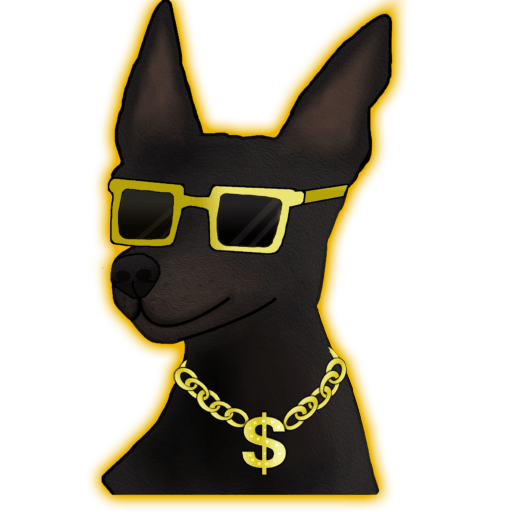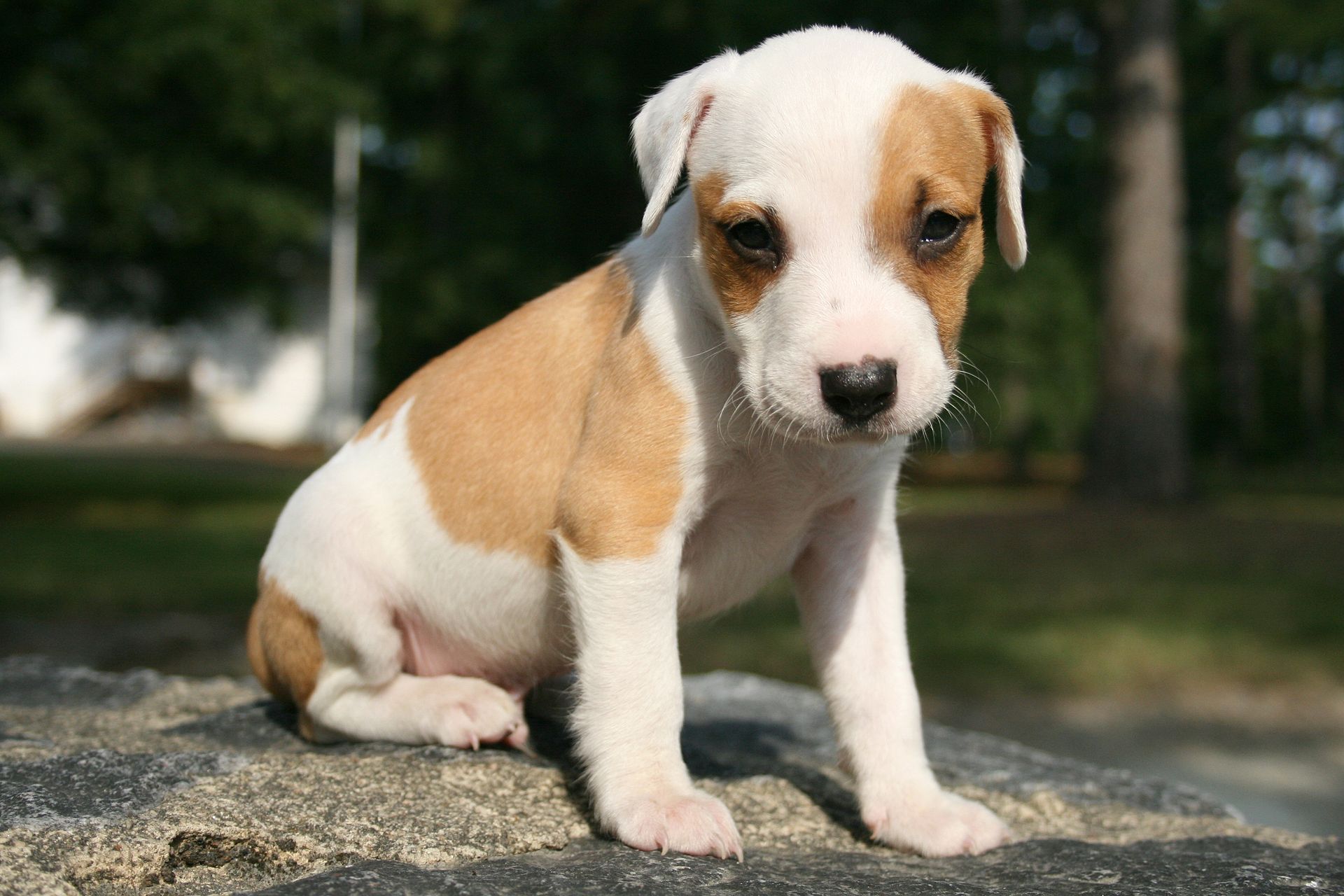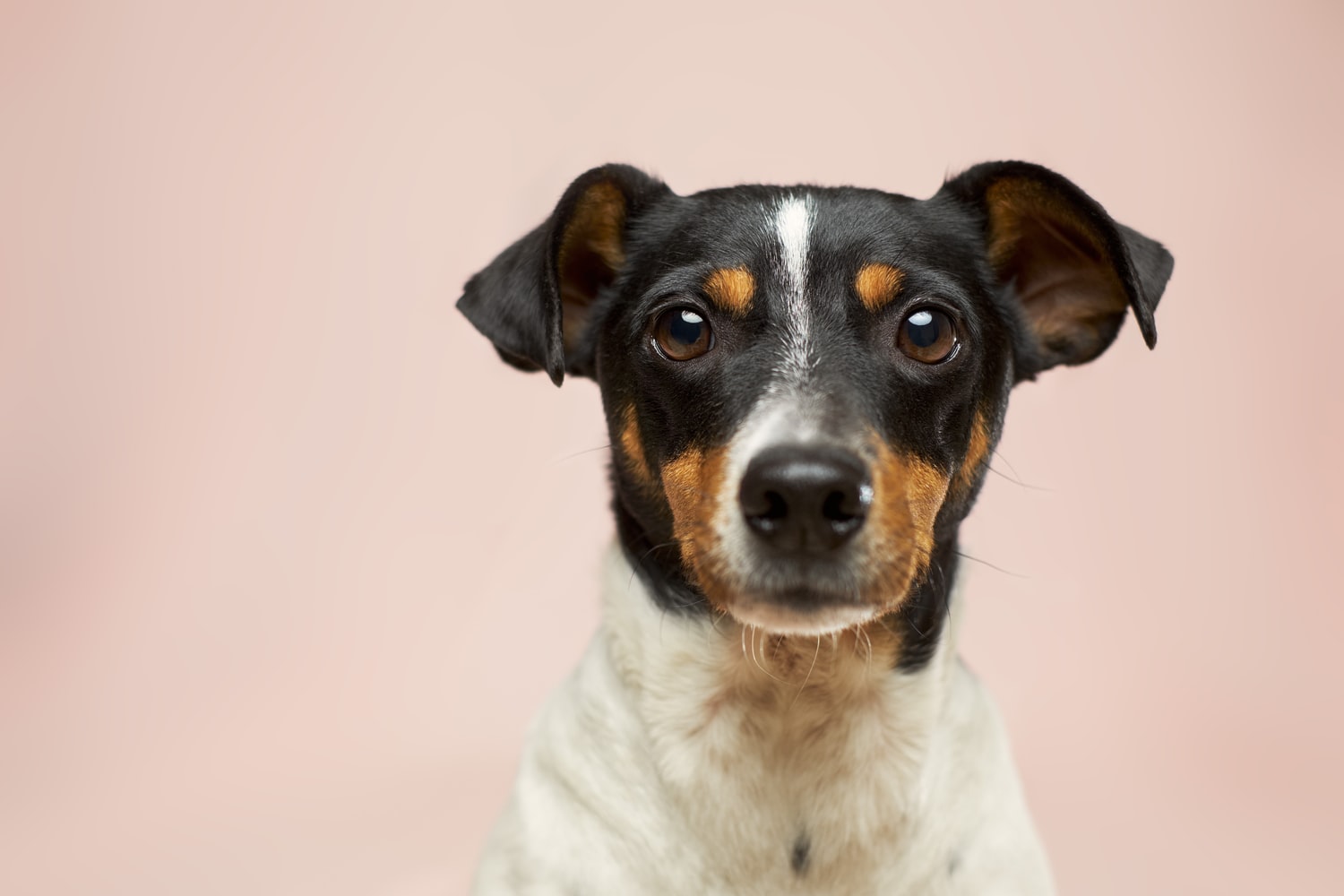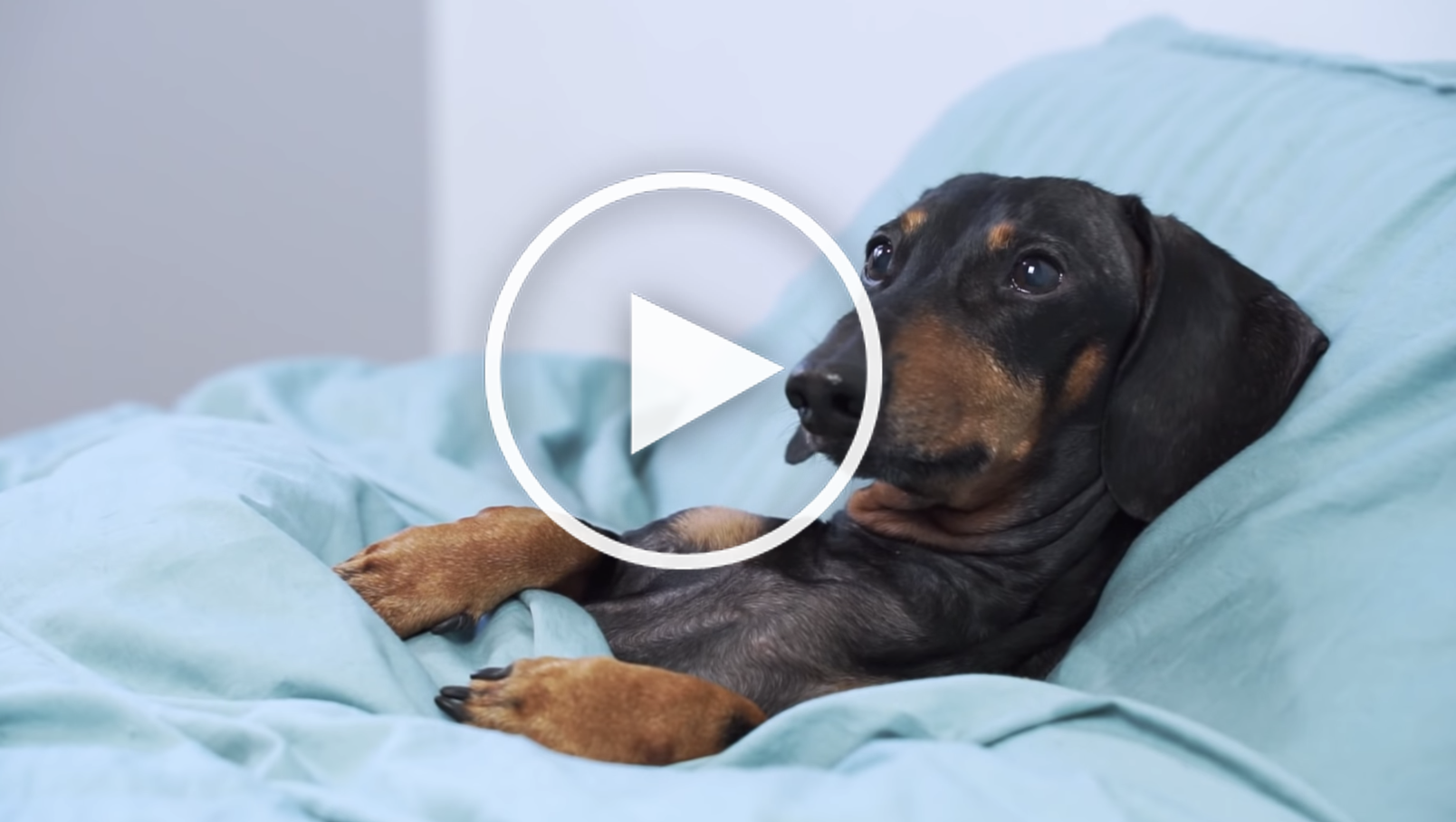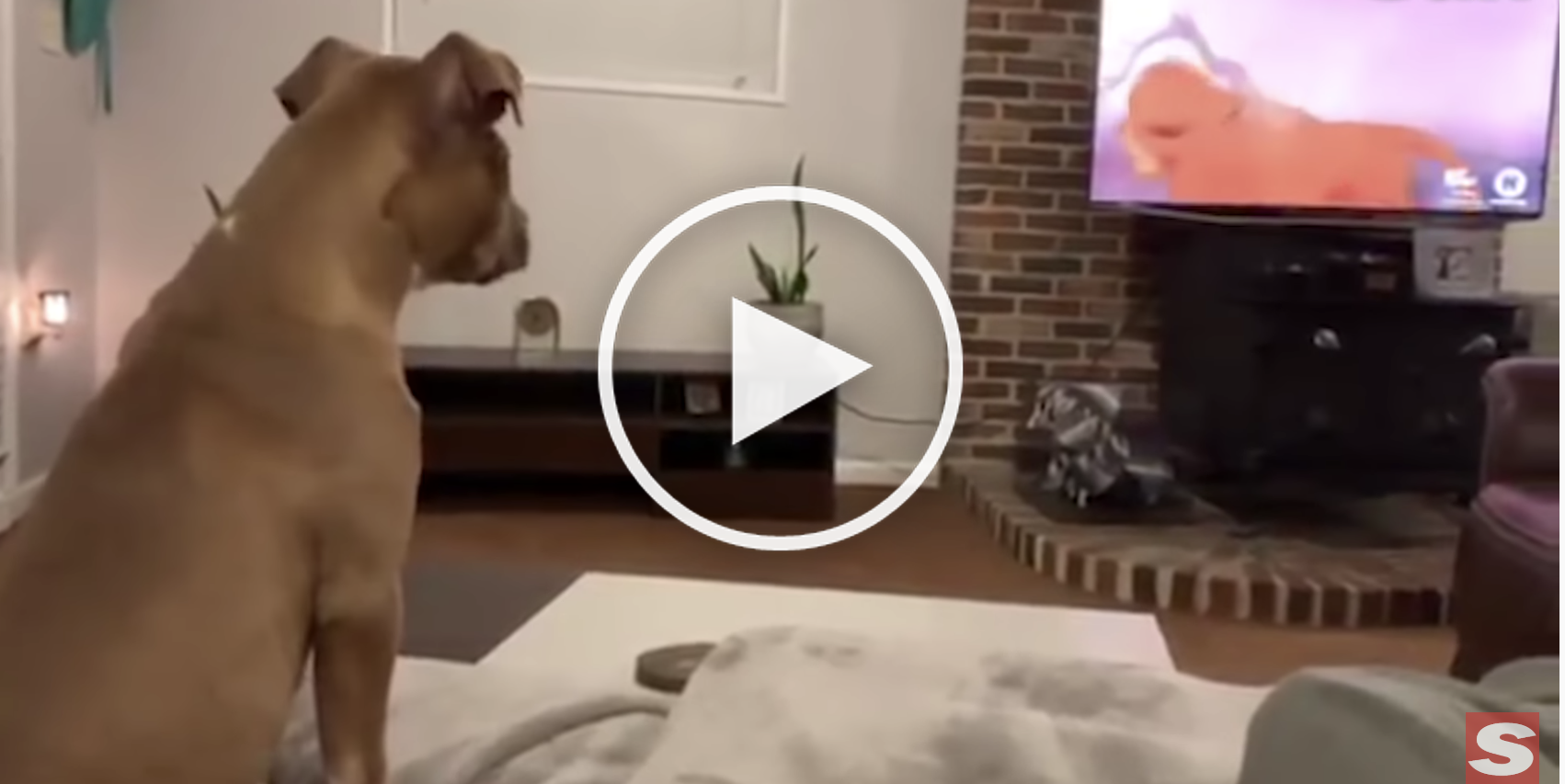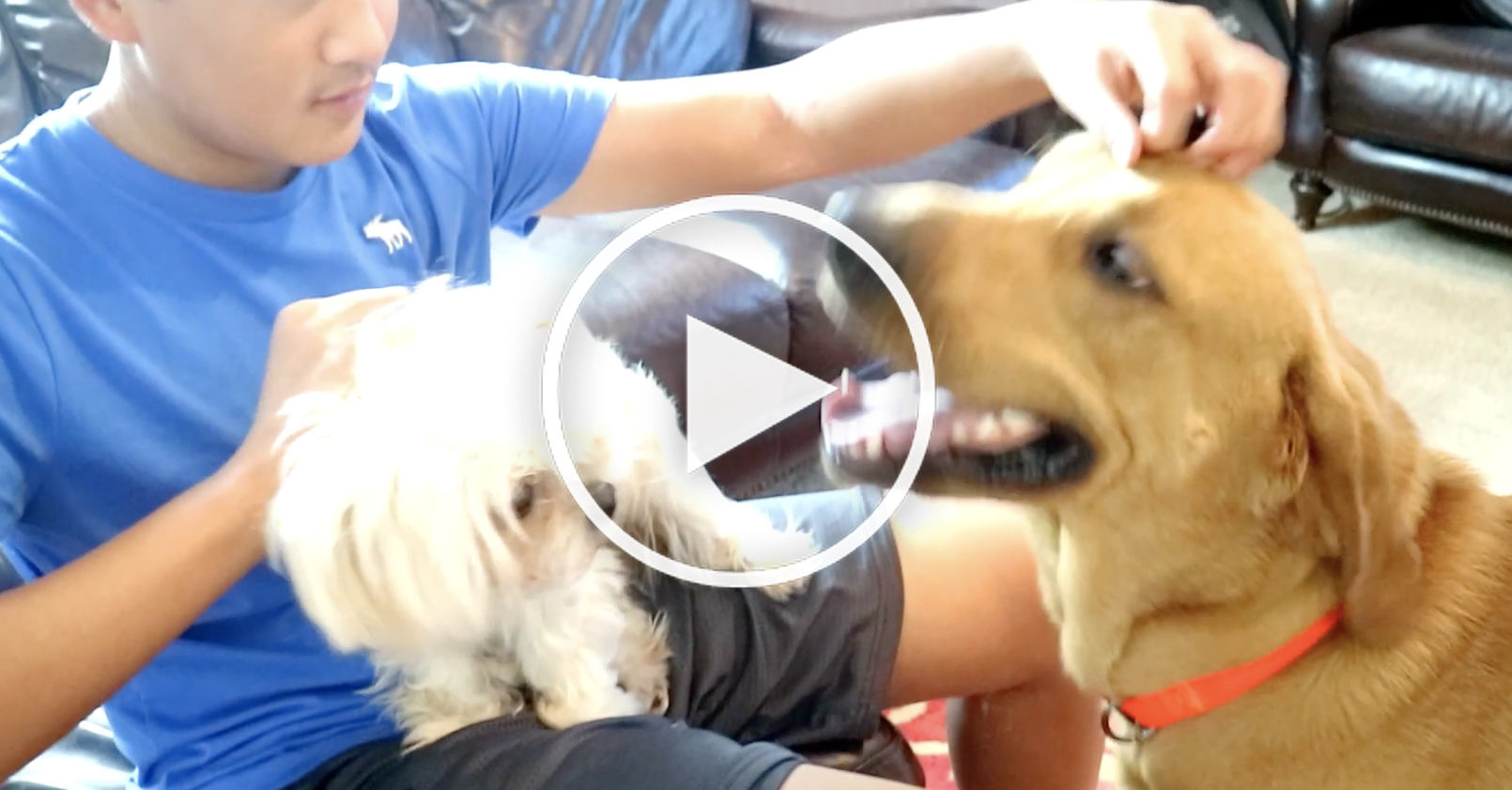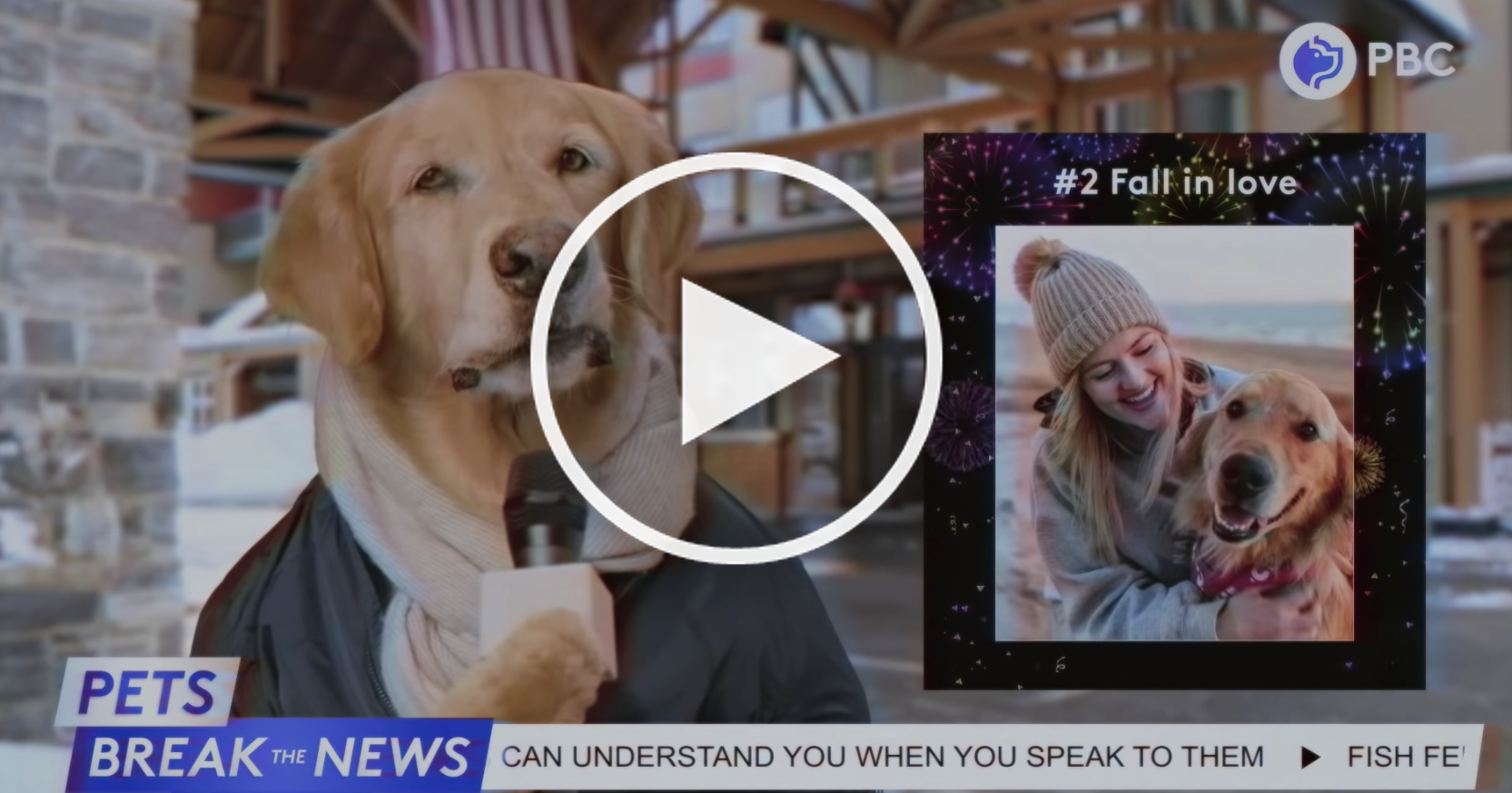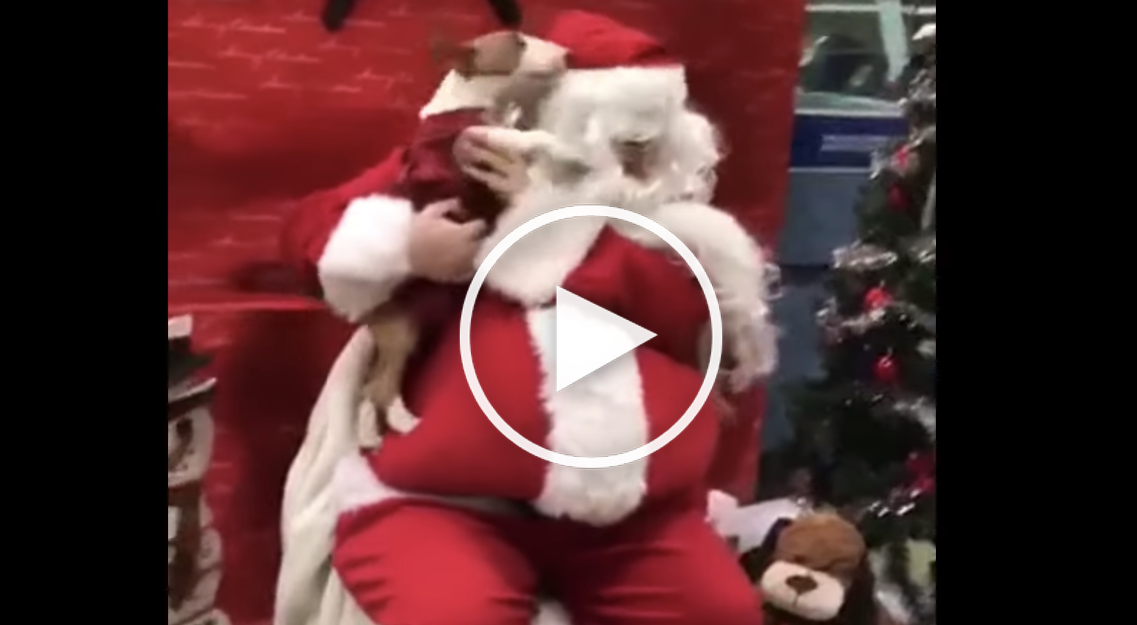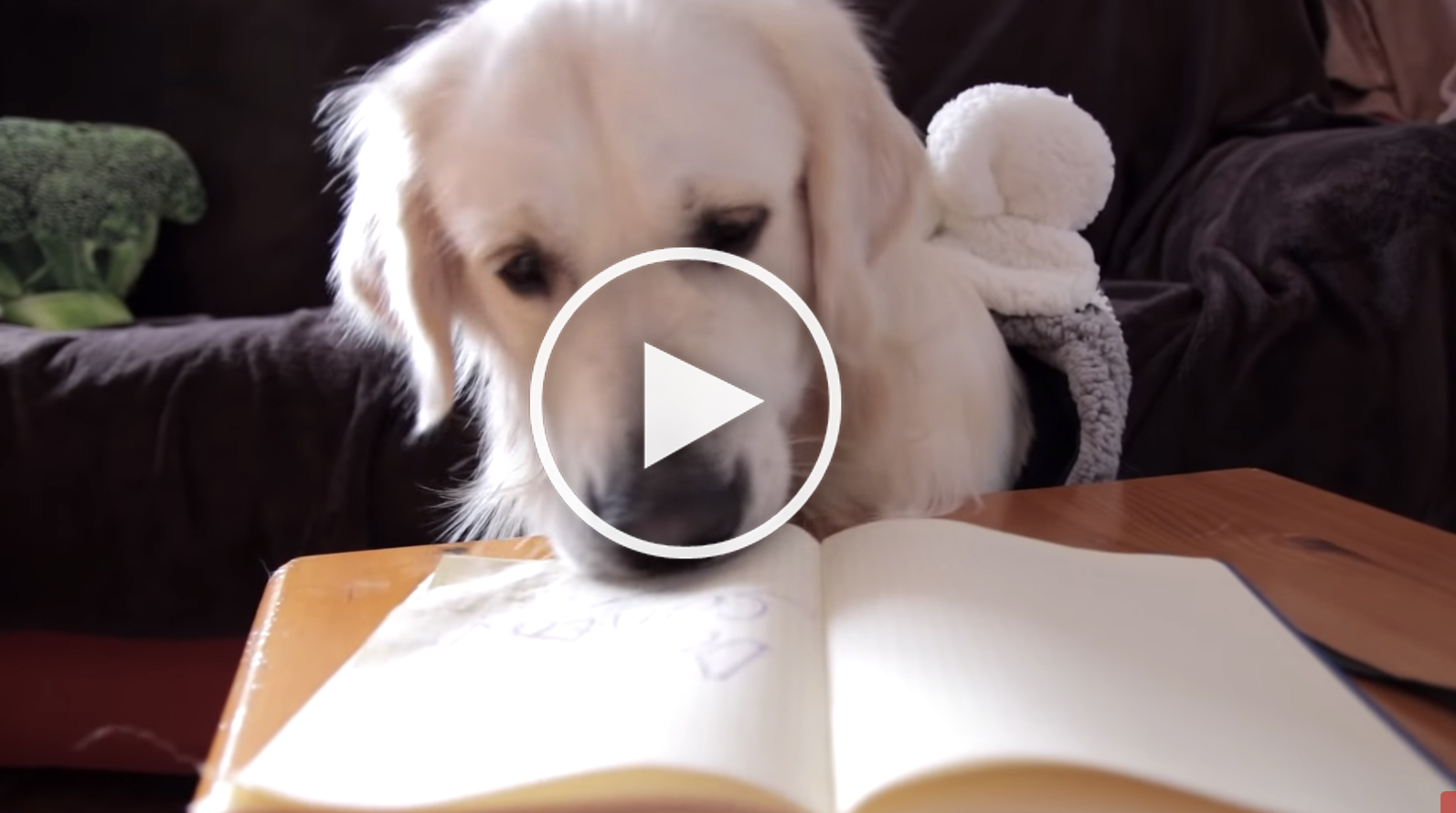Seizures and convulsions are the most notable neurological problems in dogs.
For most pet owners, seeing their lovely canine friend having a seizure can be a worrying experience. Epilepsy is a long-term condition marked by recurring seizures, which occur unpredictably, causing further confusion for pet owners.
The prevalence of epilepsy in dogs is thought to be 0.5 to 5.7 percent. This translates to 1 in every 20 dogs experiencing seizures in their lifetimes. In this article, we will discuss the common questions dog owners ask about seizures.
What are the symptoms of seizures in dogs?
Seizure in dogs can manifest in various ways. They can fall on their back, becoming stiff, chop their jaws, urinate, make sounds, and paddle with all four limbs. The duration of a seizure varies between seconds and hours.
Why is my pet shaking or trembling? Could he be experiencing a seizure?
Your dog can shake or tremble for various reasons including cold, stress, muscular weakness, pain, chronic kidney problem, a neurological problem, and Shaker Syndrome. This disorder was first discovered in small white dogs like the Westie and Maltese. However, it can affect dogs of all breeds, sizes, and colors.
If your dog is shaking and you are not sure what’s the reason, you should have him checked by a veterinarian immediately.
Is epilepsy the only cause of convulsions and seizures in dogs?
No. Your dog can have seizures due to other reasons apart from epilepsy. But even if you have noticed only one seizure in your dog, you should still do a complete physical and neurological evaluation. If no problems are found, you’ll need to watch for more seizures. You vet will only prescribe treatment if your dog experiences additional seizures.
How to care for a dog with seizures?
Knowing that your dog has a seizure can be a scary experience. However, you should not be scared because when experiencing a seizure, your dog is unconscious, and so he/she isn’t suffering. The best thing to do at this moment is to try to keep your pet as quiet as possible so he will not hurt himself. Avoid making sharp or loud noises as this can worsen a seizure or prolong it.
It is also important to remove other animals in the area because they may be threatened or frightened by a dog having a seizure. Speaking to your dog when he is having a seizure can help comfort him and shorten the recovery period. But you should avoid placing your hand close to his mouth as he may bite you involuntarily.
As a precautionary measure, you should always have a veterinarian’s phone number handy. If your dog has been experiencing seizures that are lasting for over five minutes, it is important to call your doctor pronto. Note that your dog can have a permanent brain damage if he experiences a seizure that lasts more than half an hour without treatment.
What’s the difference between primary and secondary epilepsy?
Primary epilepsy is also known as inherited, idiopathic, genetic, or true epilepsy. There is no known test to determine whether your dog has primary epilepsy. Your vet will do a complete physical and historical evaluation to determine whether your dog has a primary seizure. About 25 to 30 percent of dogs with seizures are found to have primary epilepsy.
A dog with primary epilepsy will experience the first seizure when they are between 6 months and five years of age. While a dog can inherit this condition, its diagnosis does not mean that the dog has a genetic defect. Enough research should be conducted on the dog’s breed, age, and history to determine whether he has a genetic disorder.
Secondary epilepsy, on the other hand, is caused by many identifiable causes. The common causes of seizures in dogs below one year are developmental issues, infectious diseases, degenerative diseases, poisoning, nutritional problems, metabolic disorders, and traumatic injury.
What is the treatment for dogs with seizures?
The first step in monitoring and treating a seizure disorder is to have a seizure log. To determine how long a seizure lasts, you should note when the seizure started. Observe your dog through the day and note the time when the seizure happened and the minutes it lasted. It is also important to note how your dog has been behaving before, during, and after the seizure.
In some cases, your vet may recommend surgical procedures to remove tumors that may lead to seizures. Also, drugs such as Primidone pills for dogs may help reduce the frequency of seizures in dogs.
However, your vet will consider the type of epilepsy as well as any other health problem your dog has before deciding on the kind of treatment.

